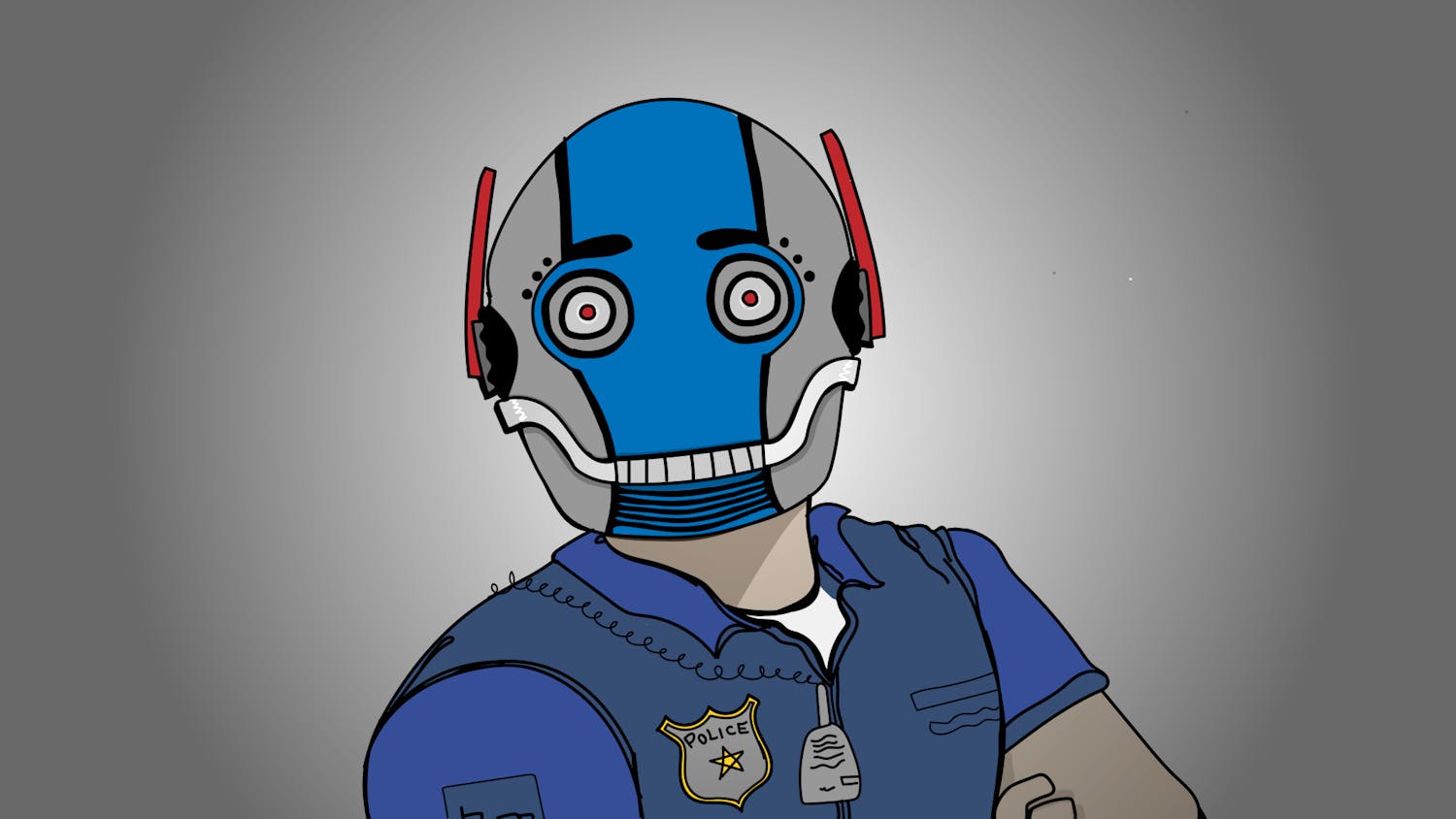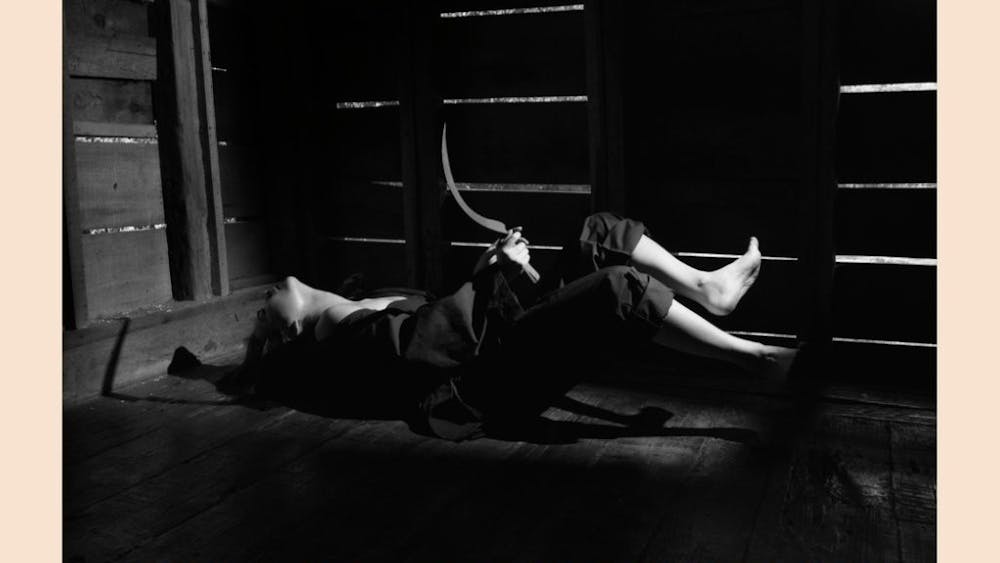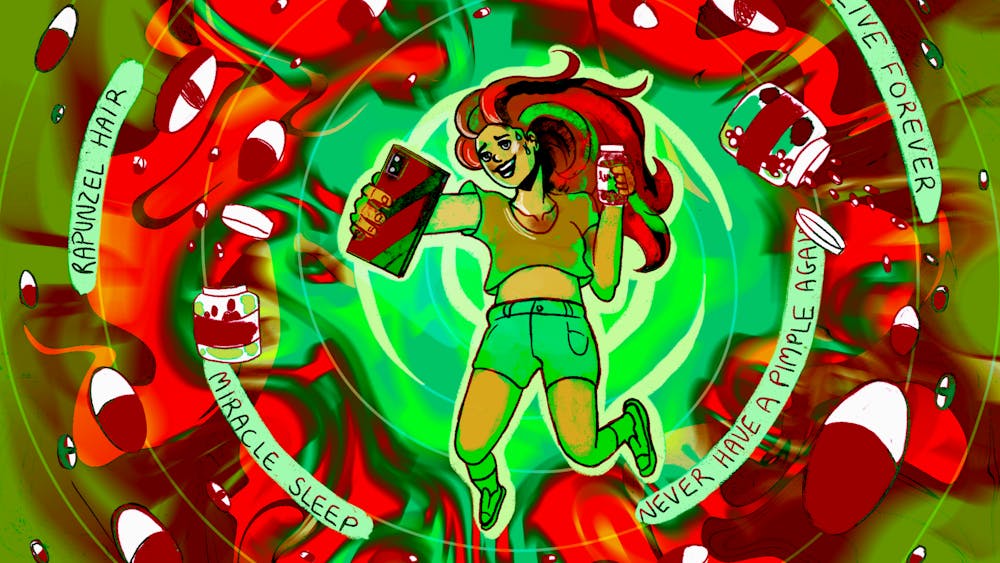If there’s one image that you need to see from across the pond, it’s a photo of four average men in underwear.
The Sun recently released an image of four readers who posed in their underwear trying to recreate famous ads like Calvin Klein and Armani. The four men include a bald man and a man with glasses, so generally overwhelmingly mediocre men.
The source played it off as a funny sort of thing, playfully comparing the men to David Beckham, but the tabloid newspaper is actually exploring an important topic that we don’t have enough discussion about. The male figure.
Back in 2004 Dove launched its Campaign for Real Beauty, a movement to start “a global conversation about the need for a wider definition of beauty” in response to a study, The Real Truth About Beauty: A Global Report, that “proved the hypothesis that the definition of beauty had become limiting and unattainable.”
Now Dove is famous for its nine years of ads involving women that are curvy, wrinkled, graying and generally real. It’s a good thing.
But men are still stuck with David Beckham melting the camera in his ads for H&M.
In all of our efforts to correct the problems associated with the female body image, we’ve forgotten the men.
Advertisements involving men continuously feature those with ripped abs and hairless bodies for Calvin Klein, incredibly toned legs and generally oiled models for Armani and all of the above for 2(x)ist. None of that is average, and it doesn’t need to be the only form of advertisement that we see.
We often assume that men are immune to the effects of these extreme body representations that we’re constantly seeing. Eating disorders have always been characterized as feminine problems. The reality is that 10 million males in the United States will suffer from a clinically significant eating disorder at some time in their life.
That’s an awfully big number to ignore. Yet here we are, still focusing mostly on women’s bodies and calling the male body obsession a secretive problem.
On top of that, 42 percent of males who have eating disorders identify as gay.
While a shocking figure, it shouldn’t be all that surprising considering the fact that advertisements aimed at gay men are even more fraught with exceptional men. This picks at and works in tandem with the notion of perfection that many gay men already suffer. The constant wish and desire to be beautiful.
It’s true that it’s easier for men to gain muscle and generally bulk up, but that doesn’t make it right for the media to perpetually harass the male form as well.
We’ve had legitimate nation-wide marketing campaigns dedicated to changing the female form in advertisements for almost a decade. How have we never managed to pay attention to the men?
Come on, let’s hear it for the boys.
— sjostrow@indiana.edu
Follow columnist Sam Ostrowski on Twitter @ostrowski_s_j.
Knights in shining underwear
Get stories like this in your inbox
Subscribe





